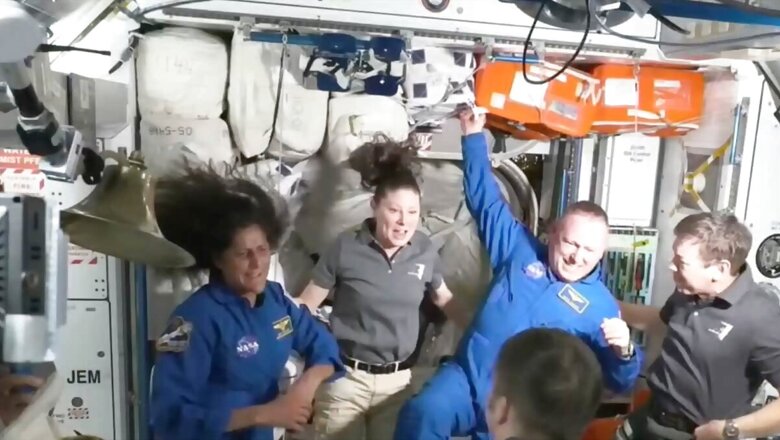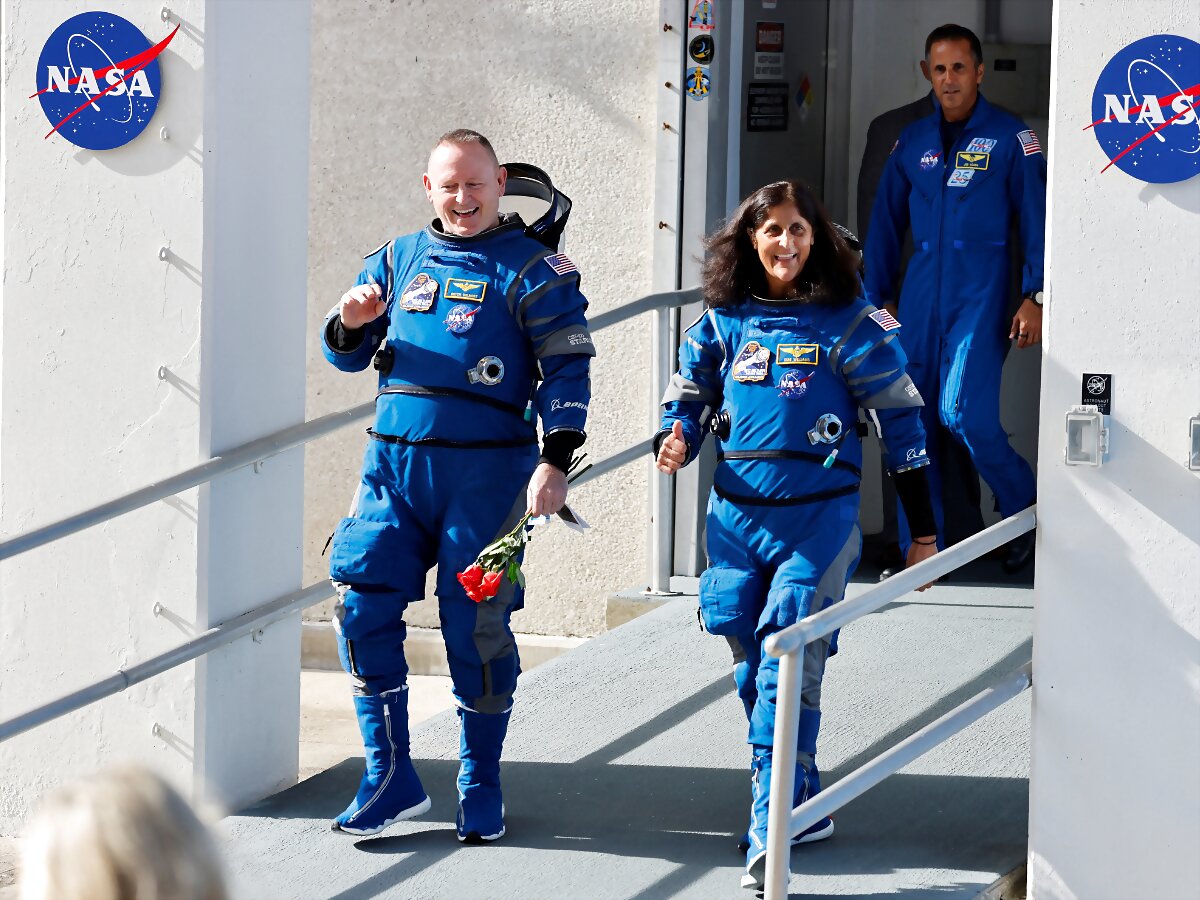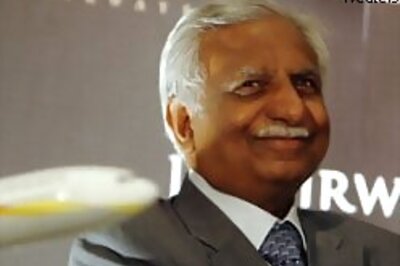
views
With the veteran NASA astronauts Barry ‘Butch’ Wilmore and Sunita ‘Suni’ Williams on board, Boeing’s Starliner capsule remains docked at the International Space Station (ISS) after some technical issues with the US spacecraft disrupted its original plans for returning to Earth.
The National Aeronautics and Space Administration (NASA) has rescheduled the planned return three times and currently has no set date for it. Since its liftoff on June 5, the capsule has experienced five helium leaks, five dead maneuvering thrusters, and a propellant valve that failed to close completely. This has prompted the crew in space and mission managers in Houston to spend more time than expected addressing mid-mission fixes.
What’s The Deadline
Leaders from @NASA and @BoeingSpace are adjusting the June 26 return to Earth of the Crew Flight Test mission with @NASA_Astronauts Butch Wilmore and Suni Williams from @Space_Station.This adjustment deconflicts from a series of spacewalks while allowing mission teams time to… pic.twitter.com/pjqz1zEu4g
— NASA Commercial Crew (@Commercial_Crew) June 22, 2024

Starliner can stay docked at the ISS for up to 45 days, according to comments by NASA’s commercial crew manager Steve Stich to reporters. But if necessary, such as if more problems arise that mission officials cannot fix in time, it could stay docked for up to 72 days, relying on various backup systems, according to a person familiar with flight planning. Starliner’s latest targeted return date is July 6, according to multiple reports. Such a return date would mean that the mission, originally planned for eight days, instead would last a month.
Current problems
Starliner’s expendable propulsion system is part of the craft’s “service module.” The current problems center on this system, which is needed to back the capsule away from the ISS and position it to dive through Earth’s atmosphere. Many of Starliner’s thrusters have overheated when fired, and the leaks of helium appear to be connected to how frequently they are used, according to Stich.
Stich said recent test-firings of the thrusters while Starliner remains docked gave mission teams confidence in a safe return, though tests and reviews are ongoing. The mission management team, made up of NASA and Boeing personnel, is scrutinizing data on the propulsion issues, running simulations in Houston and considering how to fix them, such as by updating software or changing how the hardware is used.
Once NASA officials give the team a go-ahead for a return, Starliner’s thrusters would be used to undock the capsule from the ISS and begin a roughly six-hour journey home, gradually tightening its orbit before plunging into Earth’s atmosphere for a landing, assisted by parachutes and airbags, at one of several potential locations in the southwestern United States.
SpaceX scenario
If Starliner is deemed incapable of safely returning Wilmore and Williams to Earth, one option would be sending them home aboard Crew Dragon, which ferried four astronauts to the station in March and is able to fit more people in an emergency.
The US space agency could be forced to launch a rescue mission, and could tap Elon Musk’s SpaceX to carry it out, UK’s Daily Mail reported. “Given the current situation with the Starliner, it is possible that NASA could decide to use an alternative spacecraft, like SpaceX’s Crew Dragon, to bring the astronauts home safely,” said Katsuo Kurabayashi, professor of aerospace engineering at New York University.
In such a scenario, Starliner’s fate would depend on various factors including the extent of its technical issues. The last time a NASA astronaut needed an alternative ride home came in 2022, when Russia’s Soyuz capsule sprang a coolant leak after delivering to the station two cosmonauts and American astronaut Frank Rubio. NASA had considered Crew Dragon as an alternative ride home for Rubio but he eventually used an empty Soyuz capsule that Russia launched as a rescue craft.
(With agency inputs)




















Comments
0 comment